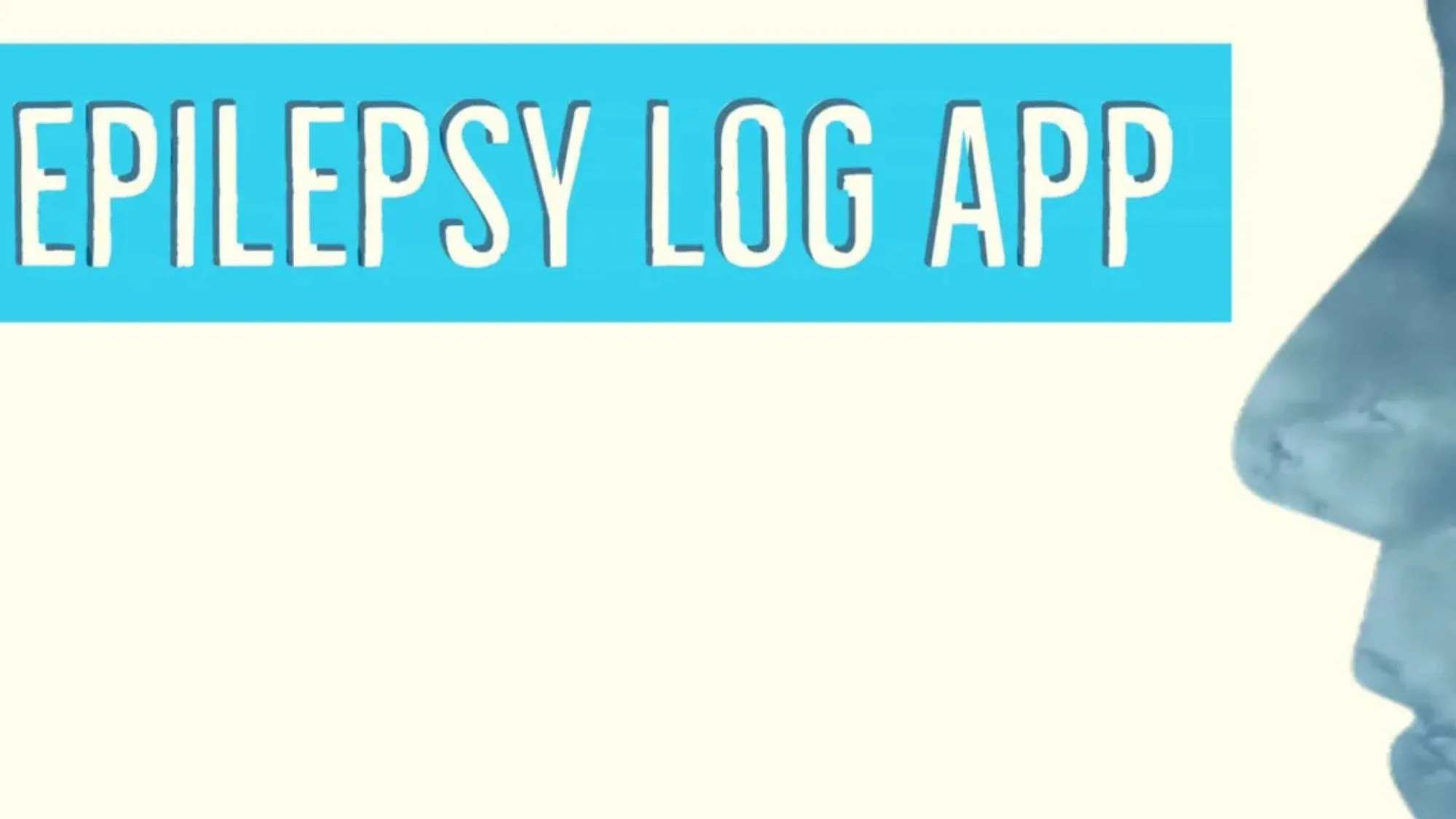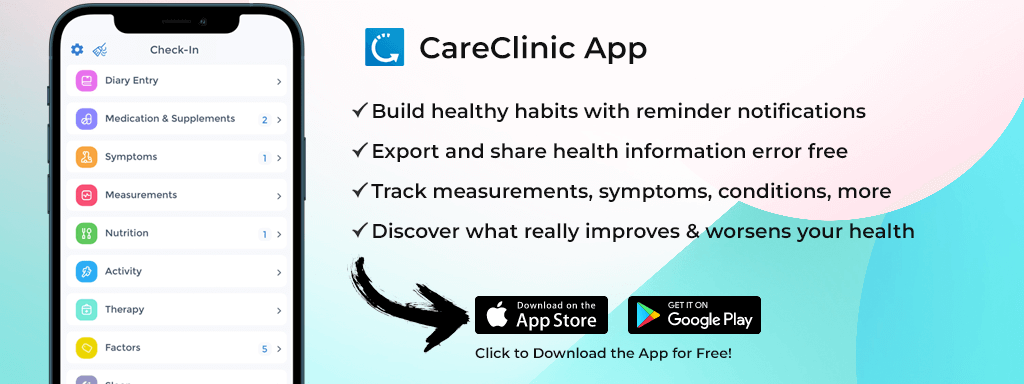
Epilepsy is one of the most common chronic conditions in the world, which affects the central nervous system and the brain. The condition is primarily defined by seizures, which are recurrent and appear unprovoked. There are over 50 million people suffering from epilepsy worldwide, including children. The condition is diagnosed with the help of imaging studies and kept under control with anti-epileptic medication. Many patients find it useful to use an Epilepsy tracker to find correlations in seizures occurring and other aspects of their life, this data can also be studied by your physician to adjust your treatment accordingly.
Facts About Epilepsy
The defining feature of epilepsy is the seizure, which can appear all of a sudden and is accompanied by additional manifestations. Healthcare professionals consider that epilepsy might be caused by genetic defects, as well as brain injuries, but the exact cause remains unknown.
There are different types of seizures that can occur, affecting either a specific part of the brain or the entire organ. The diagnosis of epilepsy is made in the situation one has had at least two unprovoked seizures. Keeping the condition under control is essential, especially when it comes to seizure prevention (seizures can occur anywhere and at any time, including when driving or working).
People who suffer from epilepsy need to take their medication without pause. They have a strict treatment schedule to follow and it is quite possible that the treatment will lead to side-effects.
CareClinic Health App, the Epilepsy tracker you need
Upon being diagnosed with such a serious condition as epilepsy, you will be required to take your medication on a regular basis and avoid potential triggers of epileptic seizures. You can rely on CareClinic health app as a seizure log and much more, as it can help you with medication management and adherence.
By using such an application, you can keep track of the type of seizures and the manifestations experienced. You can upload your medication into the application and note the side-effects you experienced. CareClinic can be used as an excellent seizure event tracker, and also to manage everything related to your treatment. With the help of this app, you will definitely improve your overall quality of life.
Reminders help you stay on the right track
The CareClinic application is a highly-effective seizure app, allowing you to set up reminders for your medication. Moreover, you can organize additional reminders for doctor appointments and visits to other healthcare specialists. Thanks to these reminders, you will find it easier to adhere to the treatment and go to the doctor as often as it is necessary.
The pill reminder will help you know with precision when and how the medication should be taken. You can set up the reminders at different times and even enter the required dosage. Before doing that, you should remember to upload the medication or search the database for the drugs in questions.
The alarm reminders can be set on “silent” or “vibrate”, and you will also receive pop-up notifications with each reminder. Suddenly, it will not seem as complicated to follow your epilepsy treatment plan.
Health diary to monitor your condition
The health diary is a unique feature of the CareClinic app. You can record specific symptoms experienced during a seizure – if you were aware of them/ask someone who was present to describe what happened in detail. By using CareClinic as an epilepsy app, you will also be able to monitor your condition and the potential side-effects of medication.
The application, which is available on both Android and iOS, is quite useful in identifying patterns that lead to seizures, as well as potential triggers. You can log information about your condition every day and even keep a health diary; all that data will be compiled, at the end of each month, into a health report. This will give you an overview with regard to your general status.
Sharing information with your treating physician
The health report prepared from the information you have entered into the application can be shared with the treating physician. It will offer the doctor details on how you are feeling on the current treatment; moreover, if necessary, the physician will use this data to adjust the medication (improved results and avoidance of side-effects).
Additional benefits to consider
Using CareClinic as a seizure management app, you will have a lot to gain. For instance, you can add a team of caregivers and even share your medical information with them, for future reference. They can work together with you so that you adhere to the treatment plan.
What is the background of epilepsy?
As it was already mentioned at the beginning of the article, epilepsy is a neurological disorder which is defined by abnormal brain activity (disturbed balance of electrical activity more specifically).
When a person has a seizure, there is an abrupt change in brain electrical activity. Thus, the normal functioning of the brain is disrupted and one will experience symptoms specific of a seizure. It is possible that one remains awake or lose consciousness, or even maintain a trance-like state for a short time. Severe seizures are always defined by loss of consciousness.
Seizures can be of different types
A person who suffers a seizure can experience a state of temporary confusion, as well as staring, jerking of the limbs, anxiety, and fear. The symptoms depend on the type of seizure but they will remain approximately the same with each episode.
Focal or partial seizures are the ones affecting a specific area in the brain, with the person experiencing impaired awareness. In general, these seizures are not accompanied by loss of consciousness. One might experience tingling, dizziness and abnormal changes related to taste, smell or hearing. Repetitive movements can also occur.
Generalized seizures affect the entire brain, with the person experiencing jerking of the limbs, loss of consciousness, shaking, and muscle stiffness. Severe seizures are accompanied by falling and loss of bladder/muscle control, as well as tongue biting and require emergency intervention.
A major complication is status epilepticus, when the person in question experiences a seizure of prolonged duration (over 5 minutes) or recurring seizures, without being able to regain consciousness. People who suffer from severe forms of epilepsy are at high risk of sudden death.
How is epilepsy diagnosed?
The diagnosis of epilepsy is based on your medical history. The doctor will inquire about the potential seizures and manifested symptoms, as well as try to identify a genetic predisposition or a history of head injuries.
Imaging studies are generally used to confirm the diagnosis of epilepsy. One of the most common investigations is EEG, a test which measures the electrical waves in the brain and identified abnormal patterns. The doctor might also recommend additional tests, such as MRI, to confirm the diagnosis. Blood tests are made to rule out other conditions (differential diagnosis).
What is the cause of epilepsy?
In the overwhelming majority of the cases, there is no exact cause that can be identified.
People who have pre-existent brain conditions, such as tumors or stroke, can develop secondary epilepsy. The same goes for those who have had an infectious illness, more specifically, meningitis. Birth complications, associated with the lack of oxygen, increase the risk of epilepsy in newborns.
It is important to be aware of the fact that there are certain factors that can trigger an epilepsy seizure. These include flashing lights, alcohol and drug abuse, sleep deprivation, stress and hormonal fluctuations (menstruation included).
How is epilepsy treated?
Epilepsy is a condition that can be kept under control with medication. Anti-epileptic drugs must be taken on a regular basis, in order to ensure that the seizures are less frequent and not as severe as usual. The medication serves to improve brain electrical activity and avoid sudden bursts of energy, which are responsible for the seizures.
Upon recommending a specific treatment, the treating physician will take one’s age into account, as well as pre-existent conditions, additional medication, and risk of side-effects. Among the most commonly prescribed drugs, there are Topiramate, Levetiracetam, Ethosuximide, Lacosamide, Oxcarbazepine, Sodium Valproate, Lamotrigine, and Carbamazepine.
Surgical interventions are recommended in severe cases, with the area responsible for the epileptic seizures being removed. These present a high risk of complications, including loss of coordination, speech impairment and lack of balance. Specific diets, such as the ketogenic diet, and the stimulation of the vagus nerve might be used for symptom control.
Seizure Management App
CareClinic can be used as an Epilepsy Tracker. Which is constantly improved by a team of specialists so that you are able to manage your epileptic condition in an effective manner. With a pill reminder feature, health diary, and journal, the application is tailored to your needs and available free-of-charge (no built-in app purchases). Moreover, it has an attractive design and it is easy to use, regardless of age.
Epilepsy Management Steps
These are the main benefits you will derive from using our app for epilepsy management:
- Tracking of anti-epileptic medication (ensure medication adherence)
- Seizure prevention & improvement of general health (documentation of potential triggers or risk factors)
- Reminders for medication, doctor appointments (never forget an appointment again)
- Health diary & journal (record symptoms, including emotional manifestations & thoughts)
- Monthly, Weekly, Daily, or even Hourly Report & Logs (to be shared with your treating physician).
Track for accountability.


